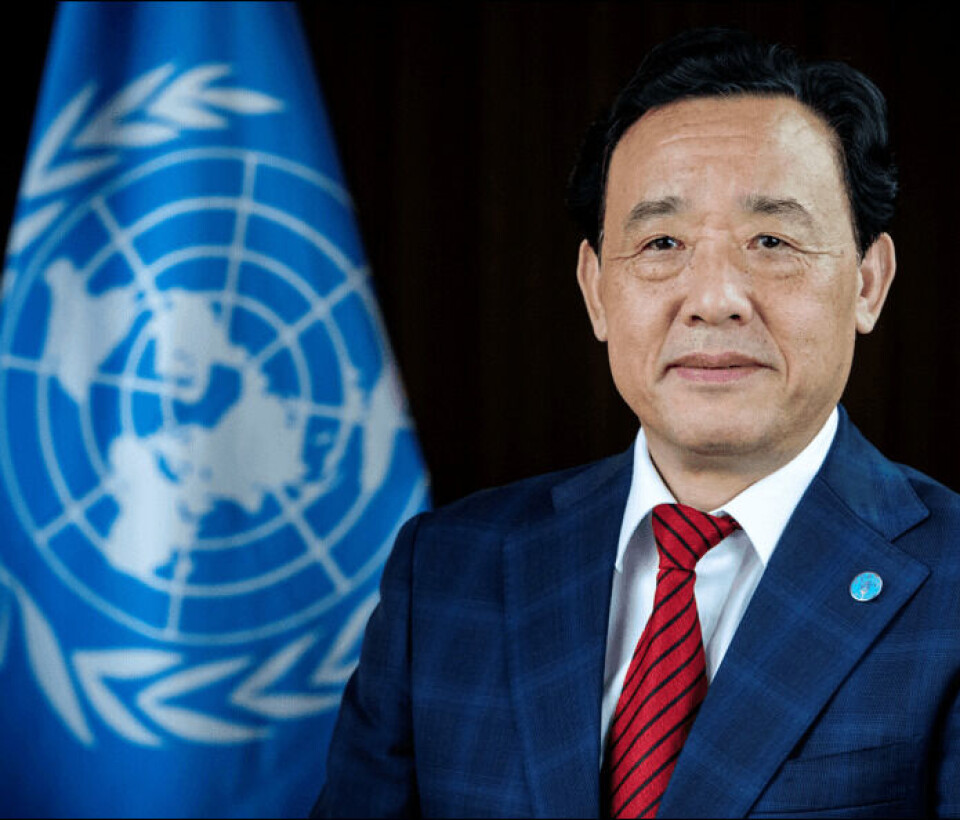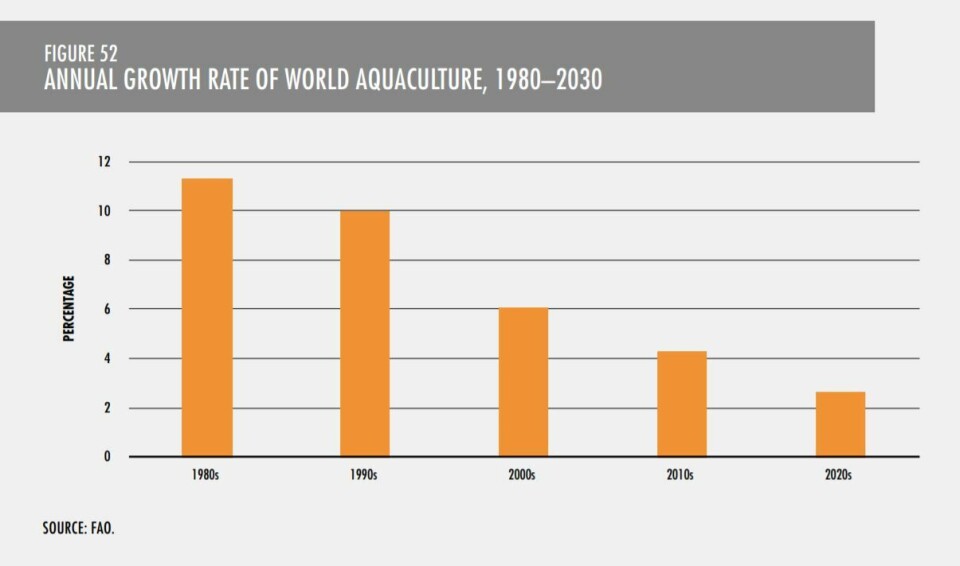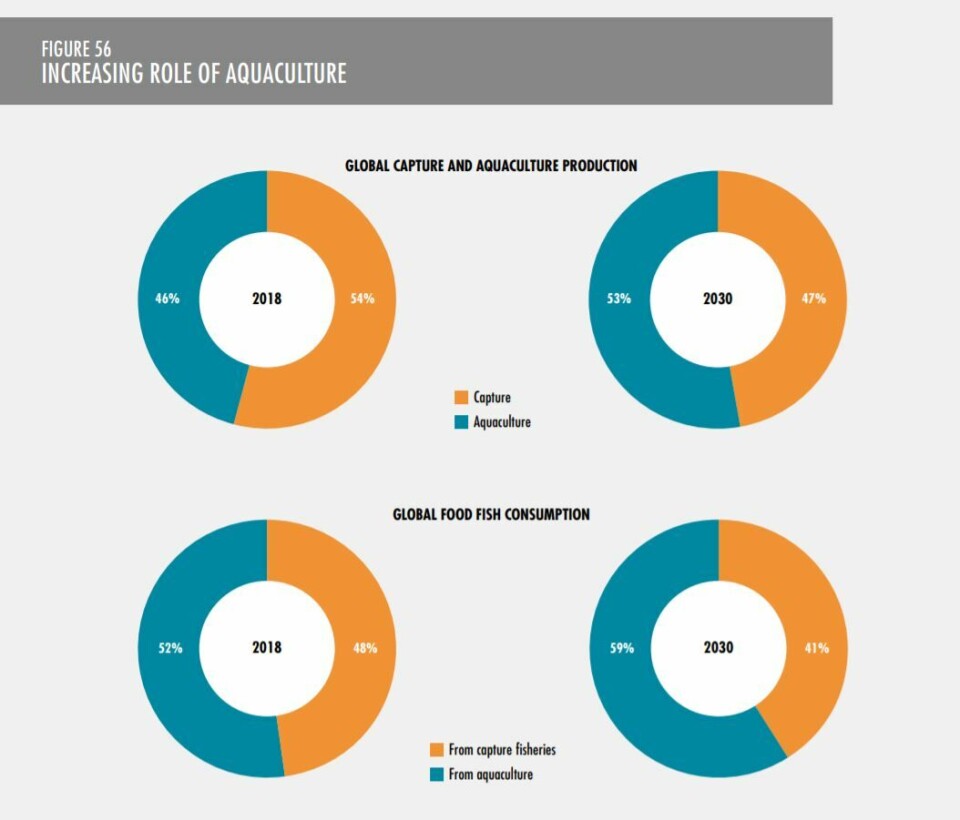
Aquaculture has improved food security, says UN
Aquaculture has expanded fish availability to regions and countries with otherwise limited or no access to the farmed species, often at cheaper prices, leading to improved nutrition and food security.
That’s one of the conclusions in the United Nations Food and Agriculture Organization (FAO) report, The State of World Fisheries and Aquaculture, published today.
In his foreword to the report, FAO director-general Qu Dongyu writes that since 2015 the numbers of undernourished and malnourished people have been growing, and innovative solutions were required to produce more food, ensure access to it, and improve nutrition.

New strategies
“While capture fisheries will remain relevant, aquaculture has already demonstrated its crucial role in global food security, with its production growing at 7.5% per year since 1970,” writes Qu.
“Recognising the capacity of aquaculture for further growth, but also the enormity of the environmental challenges the sector must face as it intensifies production, demands new sustainable aquaculture development strategies.
“Such strategies need to harness technical developments in, for example, feeds, genetic selection, biosecurity and disease control, and digital innovation, with business developments in investment and trade.”
He added that the priority should be to further develop aquaculture in Africa and in other regions where population growth will challenge food systems most.

54.3m tonnes of finfish
The report shows that while production from capture fisheries increased from an average of 86.9 million tonnes live weight between 1985 and 1995 to 96.4m tonnes in 2018, aquaculture production increased from 14.9m tonnes to 81.1m tonnes. Of that, 54.3m tonnes was finfish, with another 32.2m tonnes comprising aquatic algae.
Fed aquaculture (57m tonnes) has outpaced the non-fed sector in world aquaculture.
Inland aquaculture produced 51.3m tonnes of aquatic animals in 2018, accounting for 62.5% of the world’s farmed fish production (57.9% in 2000).
More molluscs than finfish
Mariculture and coastal aquaculture collectively produced 30.8m tonnes of aquatic animals in 2018. Despite technological developments in marine finfish aquaculture, marine and coastal aquaculture currently produce many more molluscs than finfish and crustaceans.
In total, about 20.53m people were employed in aquaculture and 38.98m in fisheries in 2018, a slight increase from 2016.
According to the report, these included 129,000 people in the aquaculture sector in Europe, 338,000 in the Americas and 19.6 million in Asia.

32% increase by 2030
Total fish production is expected to expand from 179m tonnes in 2018 to 204m tonnes in 2030. Aquaculture production is projected to reach 109m tonnes in 2030, an increase of 32% (26m tonnes) over 2018. Yet, the average annual growth rate of aquaculture should slow from 4.6% in 2007–2018 to 2.3% in 2019–2030.
Asia will continue to dominate the aquaculture sector and will be responsible for more than 89% of the increase in production by 2030.
The sector is expected to expand most in Africa (up 48%), driven by the additional culturing capacity put in place in recent years.
Freshwater species
The majority (62%) of global aquaculture production in 2030 will be composed of freshwater species, such as carp and catfish. Production of higher-value species, such as shrimps, salmon and trout, is also projected to continue to grow.
A 28-page “in brief” copy of the report can be read here and the full 224-page report is available here.























































